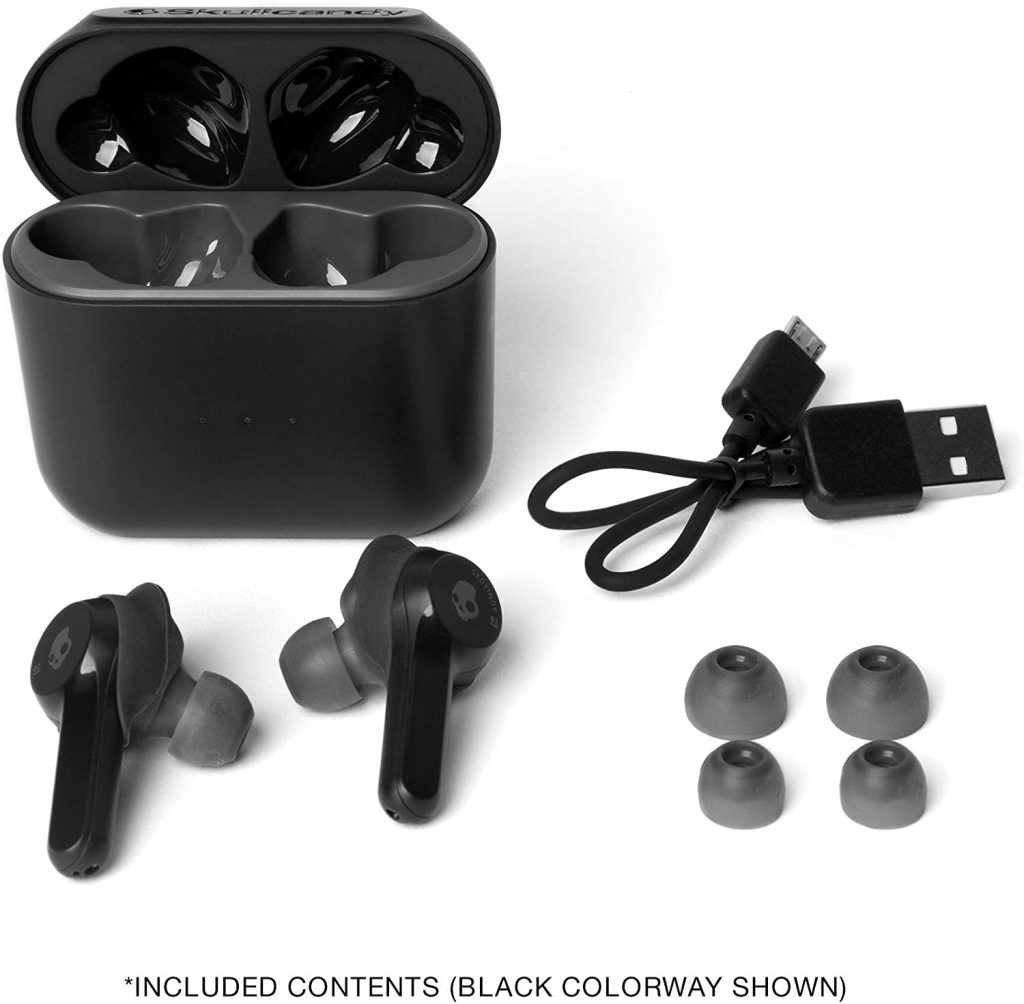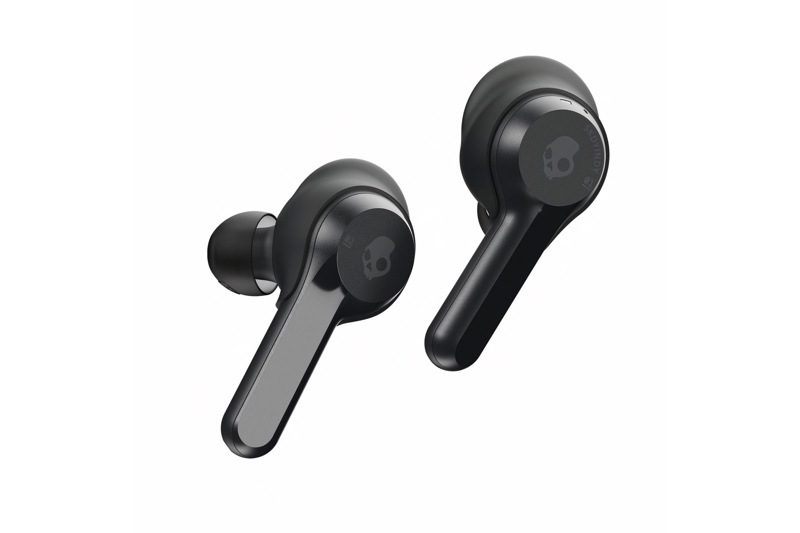Skullcandy Indy True Wireless Earbuds Review
There are the Apple AirPods, and then there is everything else when it comes to truly wireless earbuds. Sure, there are some excellent options for those who live outside the Apple ecosystem, but AirPods are the elephant in the room, both in terms of sales numbers and comparison tests.
At this point, much like the iPhone, most of the competitors are trying to match what Apple has built-in terms of comfort and performance while delivering at a lower price. With its new Indy True Wireless Earbuds, Skullcandy has delivered on at least one of those variables.
At first glance, the Indy earbuds look a bit like AirPods, albeit in a larger, chunkier way. While many true wireless earbuds simply sit inside the listeners’ ears, both the AirPods and the Indy have a short segment that extends out of the ear, pointing downwards. This provides a bit of extra space for things like a microphone and a larger battery.

They also help provide a bit of extra stability for keeping the earbuds in place when working out. The downside is that not everyone appreciates this design choice, and I’ve seen many people criticize Apple for it online. For me, it isn’t an issue, but if you don’t care for the look of the AirPods, chances are you’re not going to like how the Indy earbuds look either.
I’d say the Skullycandy’s latest true wireless earbuds are a bit of a mixed bag in terms of audio quality. I found the audio often sounded a bit muted, with vocals sounding just “okay.” This wasn’t much of a problem when I was listening to podcasts, but when I switched over to music, the performance wasn’t impressive in any way.
In fact, I thought the bass lacked a bit of punch, and the treble was set a bit high. To be fair, the bass is never a strong point in these kinds of earbuds, to begin with, and the AirPods won’t knock you over with it either. That said, I would have liked the audio sound a bit more clear and clean.
I also found the Indy earbuds to offer only adequate levels of comfort in my ears as well. I often tested them while running, and while they didn’t necessarily irritate me with their fit, they did feel a bit awkward at times. Of course, everyone’s ears are a bit different, so what fits nicely in my ear may not work quite so well for you, and vice-versa.

Skullcandy does ship the Indy with a set of silicone gel tips and stabilizers that can help find the right fit, which is something that Apple doesn’t do. That makes it a bit easier to adjust to your personal tastes.
Battery life for the Indy earbuds is perfect, although it doesn’t break much in the way of new ground. You’ll get about four hours of playback on a single charge, which is about an hour less than what Apple delivers with the AirPods. Both Skullcandy and Apple ship their devices with charging cases, but Apple wins this category once again.
While the AirPod case can provide up to 24 hours of extra run time, the Indy case only offers 16 hours. Skullcandy’s case is also larger and bulkier too, but it does benefit from including small LED lights to indicate remaining battery life, which is very handy.
Apple has yet to deliver that Skullcandy had managed to bring to the Indy is sweat/water resistance. The AirPods still don’t have this feature, and as a result, I’m reluctant to wear them while working out.
I live in a hot, humid environment and tend to sweat a lot while running or cycling. The result has been multiple destroyed AirPod cases due to corrosion on the charging connectors. I haven’t had this problem with the Indy, nor have I had to worry about it once bit.
It is nice to know that that level of ruggedness is built into the earbuds, so you don’t have to hesitate if you’re heading out for a run in the rain, for instance.
Skullcandy has Apple beat on price too. The Indys cost just $79.99, which is half what the AirPods run.
That makes them a lot more affordable and accessible for someone looking to buy a pair of truly wireless earbuds without spending a ton of cash. And while the AirPods do pack in a lot of extra technology into a smaller space, it’s hard to justify the added expense, particularly if you don’t use other Apple products.
Other nice features of the Indy include the ability to answer calls, pause tracks, and adjust volume simply by tapping a small button on the side of each earbud. The AirPods offer something similar too, but with the larger tap-able space found on the Indy, I often found it easier to make those adjustments on the Indy, especially while running.
So, should you buy AirPods over these? If you’re an Apple fan, which uses an iPhone, iPad, MacBook, or even an AppleTV, yes. That is, as long as you don’t mind spending twice as much money.

The Indy true wireless earbuds offer solid all-around performance for the price, although they don’t feel especially outstanding in any area. If I were going to splurge and spend a bit of extra cash, I’d probably recommend Skullcandy’s Push earbuds instead.
They’re just $20 more, but I felt they performed better in audio quality, although they aren’t water-resistant or offer as long of battery life. Deciding which compromises you want to make to listen to your favorite tunes, audiobooks, and podcasts on the go are completely up to you.
- Gear Review: The Xero Scrambler Mid is an Ultralight Hiking Shoe for Spring - March 1, 2023
- Gear Review: Yeti Roadie 48 Wheeled Cooler - August 18, 2022
- Kristin Harila Continues Pursuit of 8000-Meter Speed Record - August 16, 2022

have you tried riding a bicycle with them? How does it perform against a wind, can you hear that annoying sound from wind whistling around them and what about making a call when riding so anybody can actually hear you?
Thank you!
I have worn them while riding, and I find them to be a good mix of allowing you to listen to your audio, while not being completely disconnected from what the sounds that are happening around you. I haven’t made a phone call with them while riding, but would guess that they would be fine for listening, but the mics may pick up a lot of wind noise that would come through on the other end of the call. Just a guess though. They do have active noise cancelling technology that kicks in on the mics during a phone call, which should help in some regards.